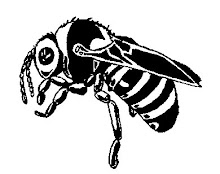




Slender Ladys Tresses (Spiranthes lacera)
Found scattered throughout the eastern half of the United States and into Canada, the native Slender Lady’s Tresses Or Northern Slender Lady's Tresses (Spiranthes lacera), a member of the Orchid (Orchidaceae) family, grow in fields and open wooded areas.
Blooming from late summer into fall, the Slender Lady’s Tresses produce irregular ¼-inch white flowers with green lip petals that are jagged, coarsely fringed or toothed. The flowers form in a distinctive spiral pattern along the stem, typical of species in this family (Spiranthes). The green colored lip petal of the Slender Lady’s Tresses distinguishes this species from other Lady’s Tresses.
Growing to two feet high the plant appears leafless in the fall. The leaves to two inches long and ½ inch wide, found at the base of the plant, disappear at maturity.
The Slender Lady’s Tresses are sometimes referred to by the scientific names Spiranthes beckii or Spiranthes gracilis.
Note: The Orchid family, the largest plant family, containing over 20,000 species and found mostly in tropical areas, occur as far north as the Artic. Although the largest in species numbers, rarely are they found in large numbers. Many species of Orchids are endangered or threatened due to habitat loss or commercial exploitation.
Photos taken rural east Norman, Oklahoma (on my pond dam) Sept 2009







No comments:
Post a Comment